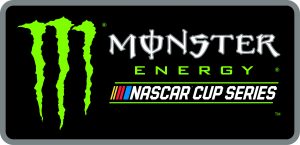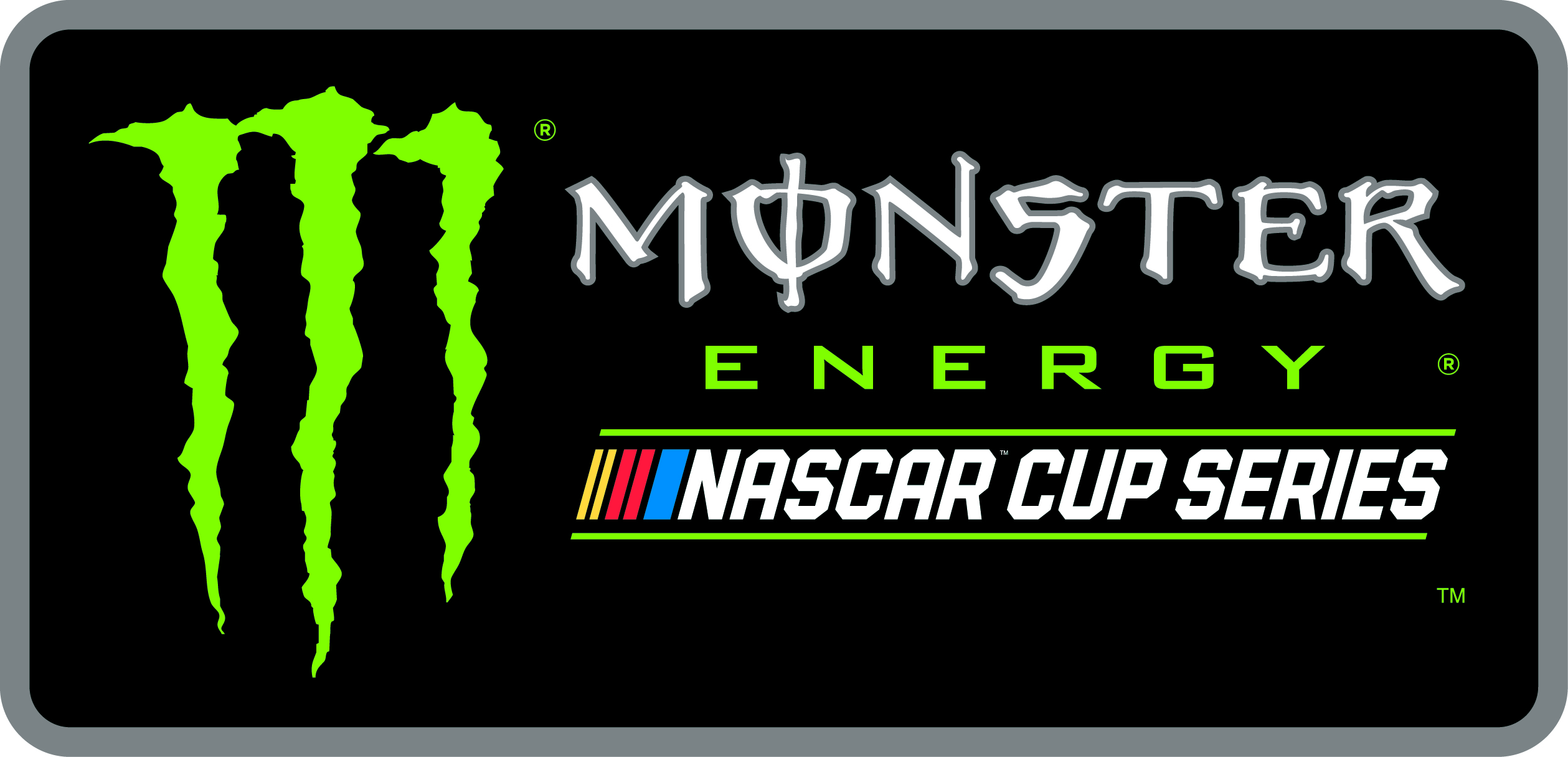 I certainly hope everyone’s Easter celebration included full baskets of goodies, candy, and maybe a few surprises. Plus may there be many more memories alongside family that include many smiles, a lot of food, and joyous moments.
I certainly hope everyone’s Easter celebration included full baskets of goodies, candy, and maybe a few surprises. Plus may there be many more memories alongside family that include many smiles, a lot of food, and joyous moments.
This weekend was the first one of the season, although only one of two, where NASCAR gets to relax and enjoy time away from the track.
It means once again a chance to look back and analyze the first part of the season. There’s been seven races to start the 2017 season, but it’s been seven races under a new format, and a new title sponsor. When the season started, a new “stage racing” format took hold, involving three stages of action, and now three opportunities to earn valuable playoff points to be used when the final 10-race championship battle begins.
It seemed to have a slight similarity to the dirt track racing we have at places like Port Royal and Hummingbird.
But, I needed to see how it was going to work at different tracks to know how effective the new format would be. What I got is the fact that when a victory is on the line, whether the first stage, second, or final, a win is a win. The difference is after the first two stages, one playoff point is earned. After the final stage, it’s five playoff points due to it being the official race winner.
So far, the lone track type to not use this format is a road course, although when that time comes it could be rather interesting. Not to mention, there could be a major change coming next season when it comes to a road course being more important than ever before.
What I have learned in this new format is that intensity picks up, but how it picks up is dependent on the track type. At a track like Martinsville, those final few laps in the stages were important, as playoff points were lost, and earned, at those moments. But at a place like Daytona, those stages are hard to judge because so many things are not in the control of the driver. One can only imagine how intense it will be at Talladega next month when the restrictor plates go back on once again.
But, what I also learned is that some teams play the strategy game a lot differently now when there’s points on the line at a certain point.
At one point, lap 120 in a 500-lap race at Martinsville was not important. This year, it was, and some teams decided to gamble and stay out to win the stage, while others pitted early to get track position once the stage ended and the lead cars pitted.
In the end, the top teams will be the ones that will get the stage points, and the playoff points, towards the final run of the season. Already this year we’ve seen one driver pull the complete sweep of the stages in his Las Vegas victory. At the same time we also have seen some races where drivers that won one, or both, the first stages then struggle in the final one, ultimately missing out on the big win. Ask Kevin Harvick, as he took the first two stages in Atlanta, only to fall short when Brad Keselowski took home the big trophy.
The one race where the stage racing could be critical, or even feel prolonged, will be Charlotte at the end of May. A 600-mile race alone is endurance, going sometimes close to four hours in time, and seeing track transition from daylight to darkness. Now, the strategy is not only to win stages, but also keep up with the track changes.
So far, I’m enjoying the new format, but not going to say it’s 100% successful yet. Maybe by the next break in the action, a different opinion will arrive.
See ya’ll again next week when I recap Bristol, a track that is fast, small, intense, and often chaotic. Everyone loves Thunder Valley.



